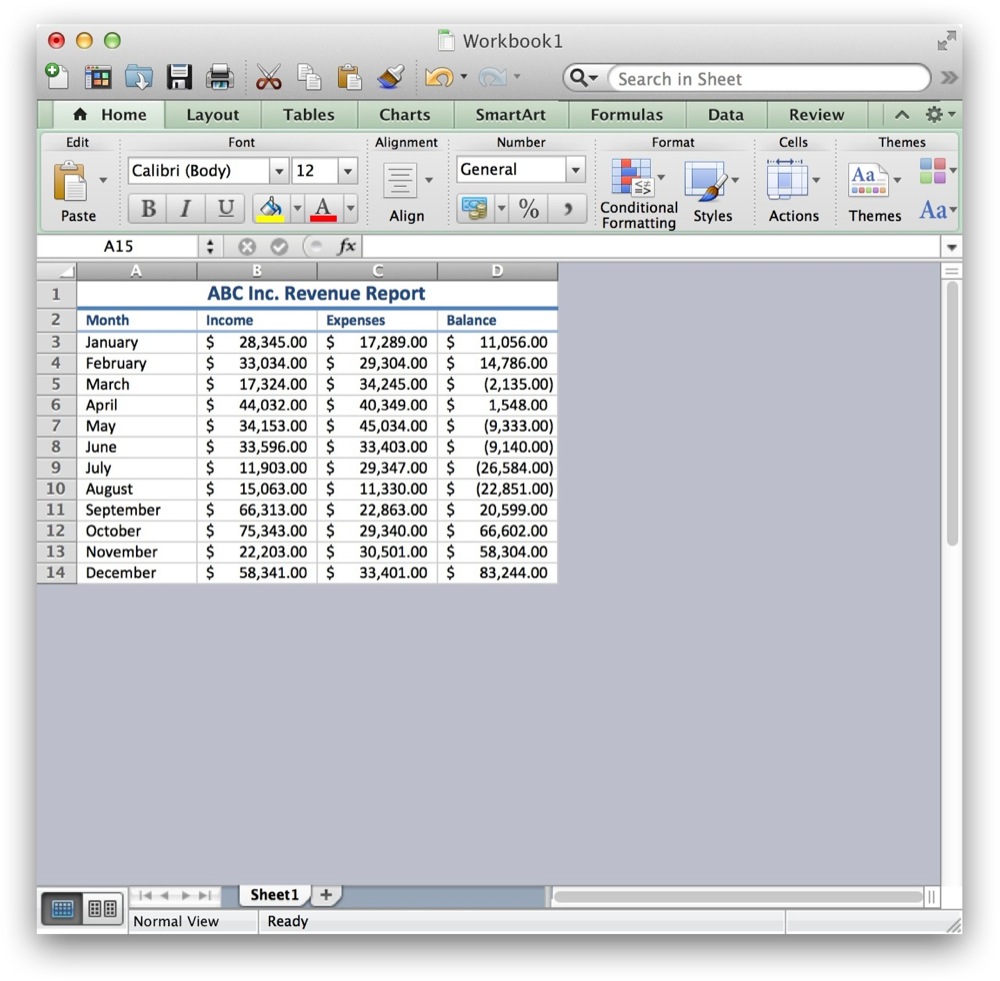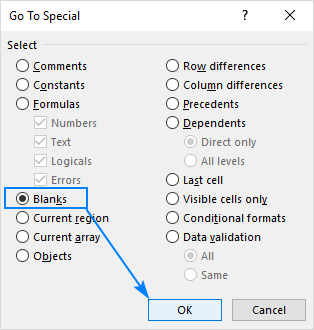
Otherwise, you could accidentally delete it. Before you try it, make sure you don't have important information above or below the list you're working with. If we hop down to the bottom of the list, there are a little more than 8,000 rows remaining, which means that we just deleted almost 3,000 rows with no value for Last login. Now we have a clean list where all of the rows contain a value for Last login. Then select Entire row, and click the OK button. Now carefully right-mouse click on one of the empty cells, and choose Delete from the menu. Excel has now selected all of the blank cells in the column. Now click Find & Select and choose Go To Special. Then make sure you are on the Home tab of the ribbon. To start off, select the entire "Last login" column. When the Delete window appears, click on the 'Entire row' selection and click on the OK button. Right-click and select 'Delete' from the popup menu. Let's look at a really fast way to do it using Excel's Go To Special command. Answer: Select a cell in the row that you wish to delete. The problem is, this is a really big list, with over 11,000 rows, and deleting the rows manually will take way too long. We could just work our way through the list, deleting those empty rows one by one. We want to remove all of the rows that don't have a Last login date.

You can see that this is a list of users, and that one of the columns contains a Last login date.

In today's ExcelJet tip, we'll show you a cool way to delete rows that are missing values in one step even when your list contains hundreds or thousands of rows.
#How to remove empty rows in excel for mac how to
In a previous tip, we showed you how to delete blank rows. You could delete the rows one by one, but that will take a long time if you have a big list. Sometimes you need to remove rows from a list or a table that are missing values.


 0 kommentar(er)
0 kommentar(er)
